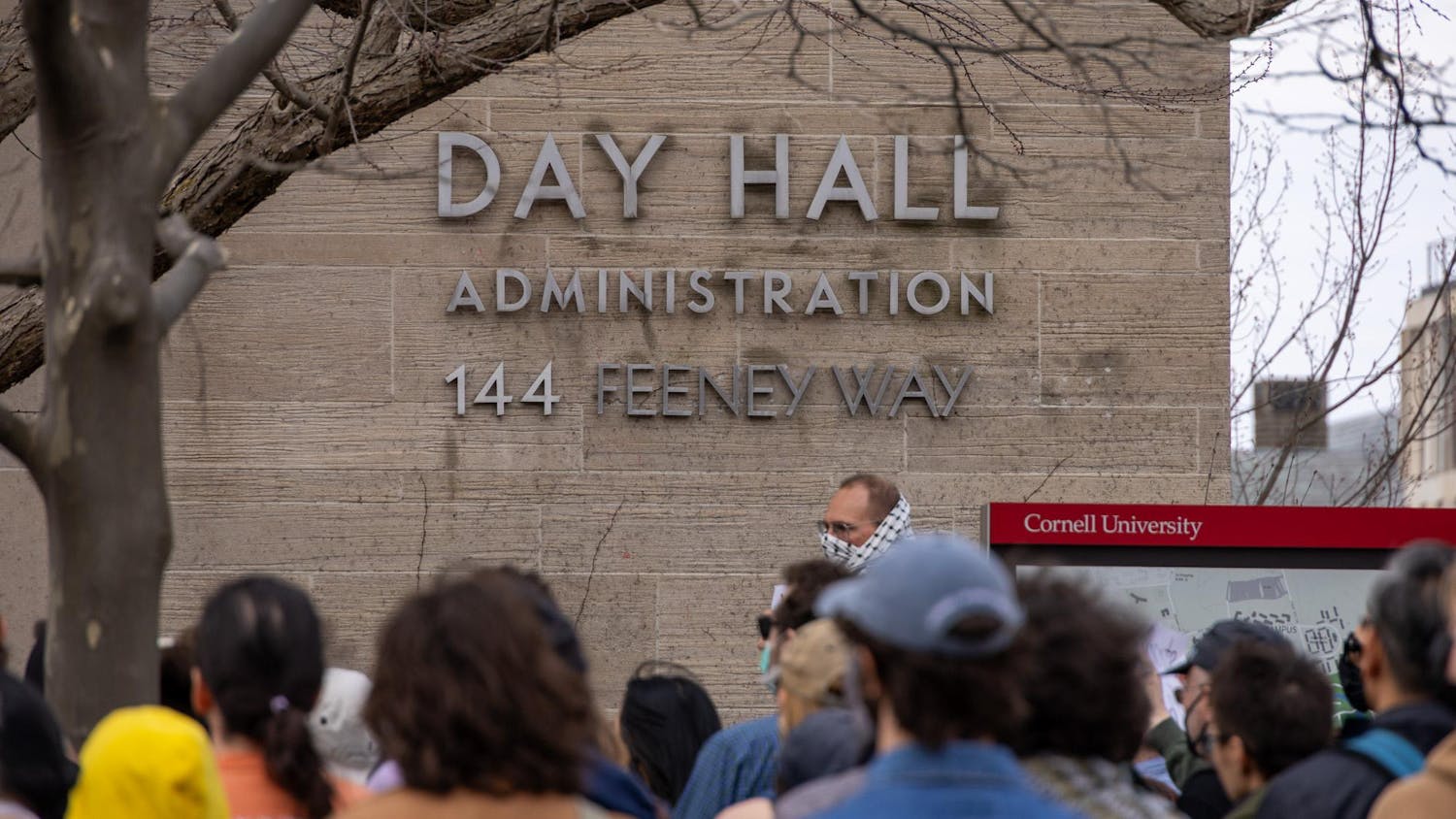With decades of experience at the International Monetary Fund, Brookings Institution, National Bureau of Economic Research and in academia, Prof. Eswar Prasad, economics, has witnessed many changes in the way money works. This time, he says, is different: The digital revolution is upending everything from the use of cash to the role of central banks.
Prasad spoke Tuesday at an event hosted by The Cornell Speech and Debate Society about his bookThe Future of Money: How the Digital Revolution Is Transforming Currencies and Finance, which was featured on the Best Economics Books of 2021 lists of both the Financial Times and the Economist.
The idea for the book came out of Prasad’s realization that the future of money was digital, with the rise of credit cards and cryptocurrencies signaling a fundamental change in international finance.
“One needs to think about all of these things which are connected — including [financial technology] changes, cryptocurrencies and central bank, digital currencies — and I realized that there [are] connection[s] among all of these and how they might affect the things that I've been doing a lot of work on,” Prasad said.
Some of these changes Prasad finds positive: For instance, new digital systems can lower the costs of entry to the financial services industry, such as money transfer or payment services, and scale up the provisioning of financial services, which can be crucial in developing nations.
“The marginal cost of servicing an additional borrower or an additional saver is minimal if everything is on digital platforms. And you're going to see this have very dramatic effects already,” Prasad said. “I spoke about China and India, some middle-income economies, but even in very low-income economies like Kenya and Somalia, mobile technologies are already beginning to play a very important role in payments.”
For Prasad, events like the 2008 financial crisis bolster arguments about the necessity of digital currencies like bitcoin that operate without third-party intermediaries, as distrust and fear of crises around banks increased due to the crises.
One problem for digital money transfer outside the traditional intermediary model is how to validate the transaction and avoid one using the same digital money for multiples. Prasad explained that blockchain technology helps solve the validation problem.
“When you make a payment using a $1 bill, there is immediate finality of settlement because that money goes out of your wallet [and] into the shopkeepers. If you transfer the money using the credit card, there is a credit card company or bank behind [to validate the transaction],” Prasad said. “But how on earth would you be able to make sure that you can conduct digital transactions without somebody verifying with validating transactions? How can you do this without even revealing your identity? Bitcoin, it turned out, came up with a way to do this.”
However, much of Prasad’s talk focused on the possibilities of institutional stable coins, digital currencies backed and overseen by nations’ central banks or by companies like Amazon. Prasad argued that these stable coins might not have the drawbacks of digital currencies like bitcoin which can have low transaction processing volumes, high mining costs and rapidly shifting value.
These stable coins may have significant benefits for everyone from individuals without banking access to companies trying to make international payments.
“So why do stablecoins even exist? … If you want to use Apple Pay or Google Pay, you have to link that to a bank account or a credit card. And in the US, about 5 percent of minority households are unbanked or underbanked,” Prasad said. “If you think about international payments, they are even more cumbersome, expensive, and time-consuming. So the key points are there needs to be a need for better payment systems at both the domestic and international levels.”
As the use of cash declines, Prasad said he thinks that central banks may use their own digital currencies, stable coins called Central Bank Digital Currencies, to maintain their control over the economy while improving access to a reliable digital payment system.
“In countries like the Bahamas, which has issued the world's first nationwide CBDC called the Sand Dollar, the idea is to use the CBDC as a way to get everybody in the economy easy access to a low cost digital payment system,” Prasad said.
The outlook for digital currencies, Prasad said, was mixed, but since writing the book his opinion of it has gotten more grim.
“We started [this talk] in a happy place, we’re now in a darker place,” Prasad said. “And that’s increasingly where my thinking has gone since writing the book.”











